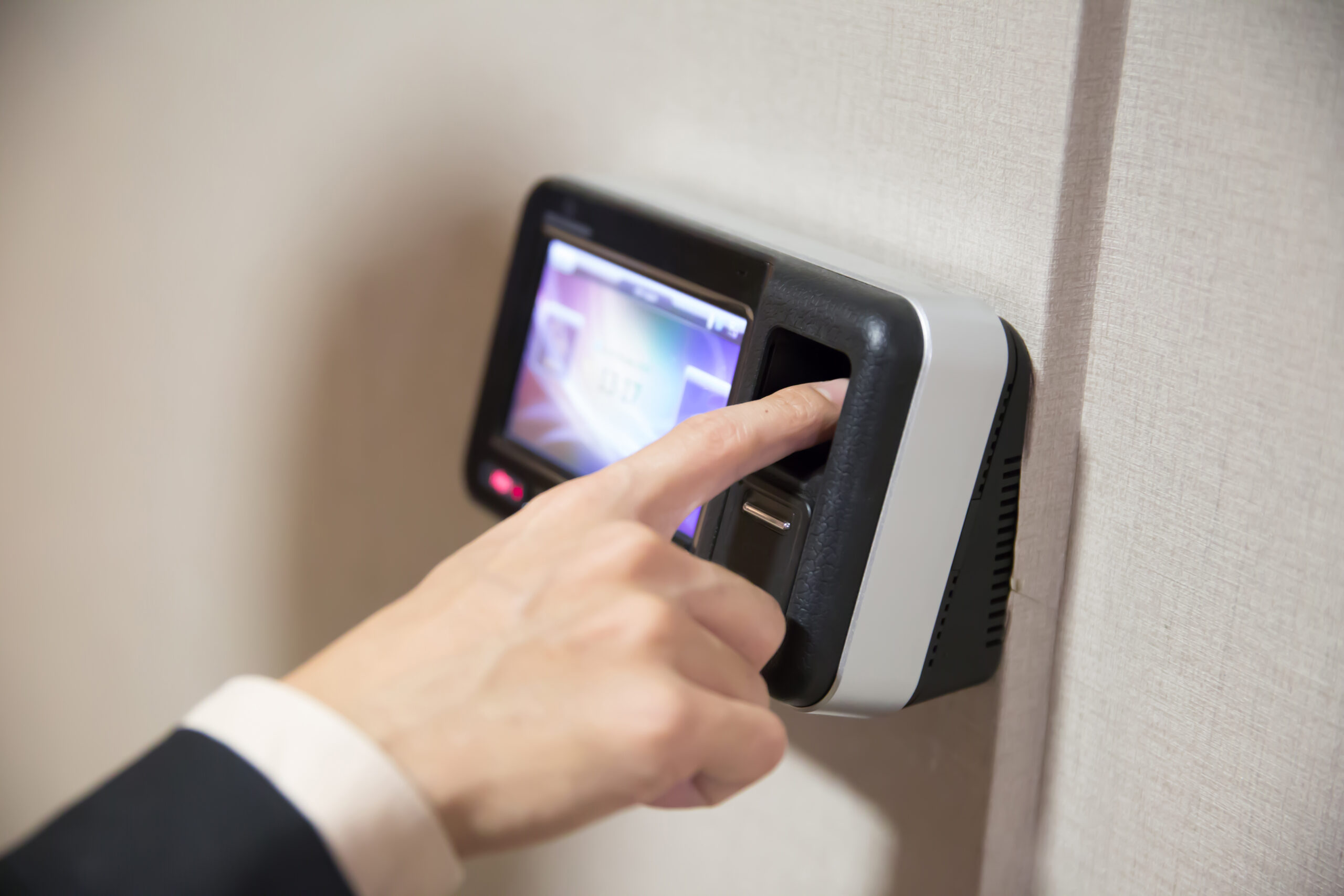Here’s a guide to the three main types of access control systems, as prepared by the expert Atlanta lock installation and Atlanta smart lock service team here at Atlanta Fast Locksmith.
- Role Based Access Control (RBAC)
Role based access control Systems can be used by security administrators to restrict or allow access to certain areas of a property based on the user’s specific role in the organization. When using a role-based access control system, system administrators decide specific roles for users, as well as choosing what areas of specific role needs or can get access to. Once these roles are defined and set, every system user is assigned a specific role that allows them the permission to access certain areas where they can do their job or operate according to their needs. with role-based Access Control systems, users can be included into multiple different assigned groups but usually can only be given one role. role-based access control systems are a fantastic choice for small and medium sized businesses, allowing business owners to choose who can access what areas when they can access them. role-based access control systems allow system administrators to create groups ranging from one or two up to a few hundred employees, providing a very easy and effective way to control access for the entire business all at once.
- Attribute Based Access Control
Attribute based Access Control Systems are somewhat different from role based Access Control systems. Attribute based Access Control Systems provide Multiple different attributes to both system users and system administrators, which provide more complicated options for system administrators, but simultaneously gives the administrator much more control over potential risks to the business. attribute based Access Control Systems allow a user to access any resource that has corresponding attributes set to their specific responsibilities. These sorts of attributes include security clearance levels, file types, job titles, or even specific locations that can be accessed at specific times of the day. These sorts of systems allow the administrator of an organization or a business to create specific security policies that can change according to the businesses specific requirements, allowing a high level of security and adaptability to protect the business. setting up an attribute based access control system can take much more time than other forms of Access Control systems, and they are most important for businesses that have many employees, lots of employee turnover, or a general growing workforce.
- Discretionary Access Control
Discretionary Access Control Systems similarly set specific access rights for users based on the rules set by an administrator. with this specific kind of access control model, every single resource will require Administration or system owner to specify who can access it, at what level, and when. discretionary Access Control Systems have much tighter security, allowing administrators to select users at different levels of access using what’s known as an “Access Control List” (an ACL.) This access control system model is very easy to operate, as long as users and security roles are accurately listed in the specific access control list. System administrators can easily add or remove specific permissions, making it very easy to define who can access what areas or data at your property. Discretionary access control systems allow business owners to maintain full, tight control of their entire system, but will require more manual updates and inputs from the systems administrator than other systems.
